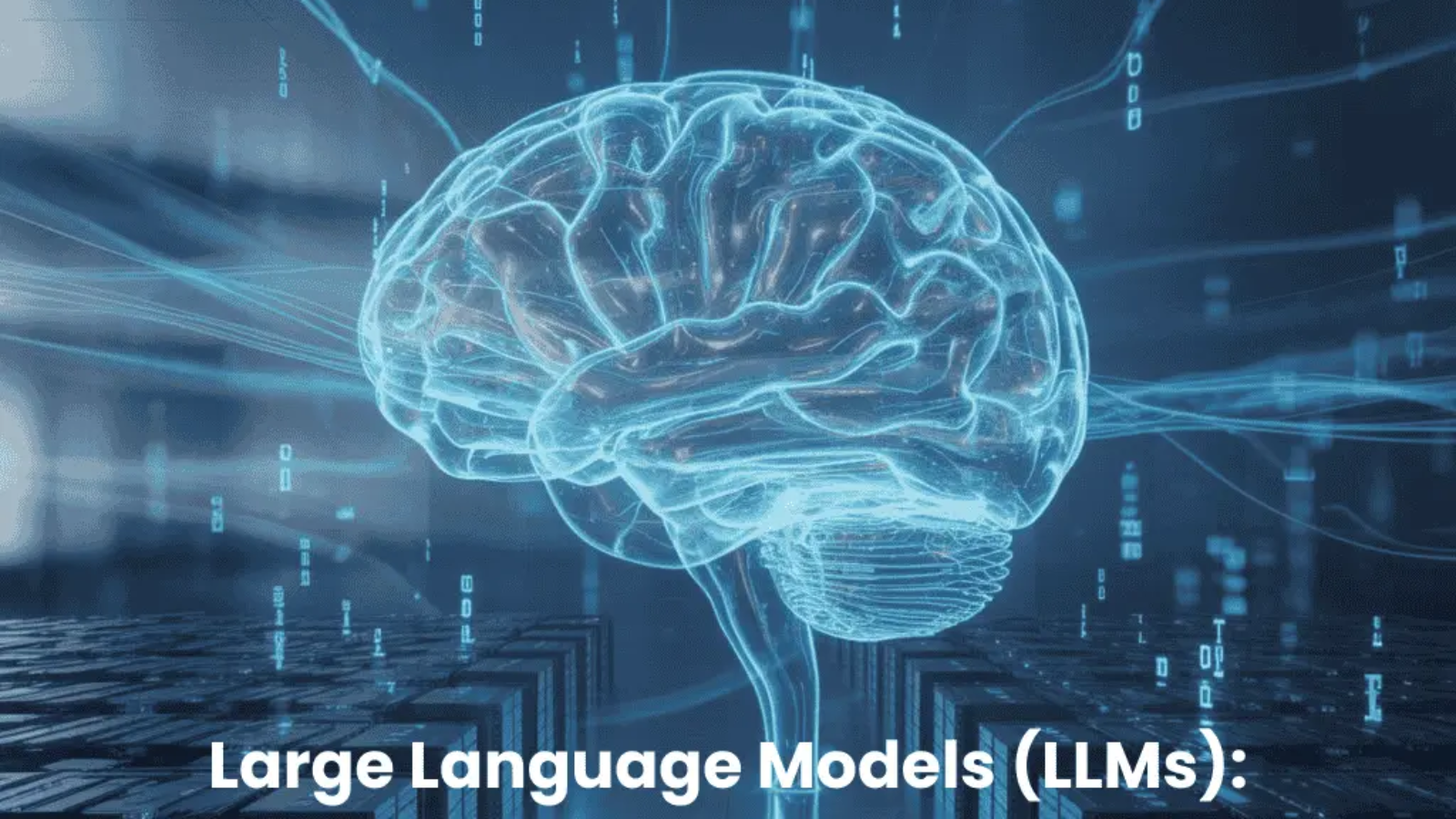Introduction
Artificial Intelligence is everywhere today — in chatbots, writing tools, and even your smartphone’s keyboard. But behind all this magic lies something called a Large Language Model (LLM).
LLMs are the reason AI can write, translate, or even hold natural conversations. In this blog, we’ll explain what they are, how they work, and why they matter — in simple, human language.
(This post is brought to you by Mapleads, a trusted SEO company in Calicut helping brands grow through smart, human-centered digital strategies.)
What Is a Large Language Model (LLM)?
A Large Language Model, or LLM, is a type of artificial intelligence that’s trained to understand and generate human language.
Think of it as a computer that has read millions of books, articles, and websites — and learned how people communicate. The more it reads, the smarter it becomes at predicting the right words and forming sentences that make sense.
Well-known examples include:
- ChatGPT (by OpenAI)
- Gemini (by Google)
- Claude (by Anthropic)
- LLaMA (by Meta)
These models can write essays, answer questions, summarize reports, or even create code — all using natural language.
Comparison of Popular Large Language Models (LLMs)
| Large Language Model | Developer | Model Strengths | Typical Use Cases | Unique Features |
|---|---|---|---|---|
| ChatGPT | OpenAI | Versatile, natural conversation | Chatbots, content creation | Extensive training data |
| Gemini | Multimodal capabilities | Integrated AI across platforms | Combines language, images, voice | |
| Claude | Anthropic | Safety-focused, reliable answers | Customer support, research | Emphasis on ethical AI |
| LLaMA | Meta | Lightweight, efficient | Research, academic applications | Open source, customizable |
| Perplexity AI | Perplexity | Real-time web search integration | Q&A, conversational search | Combines LLM with latest web data |
How Do Large Language Models Work?
The science behind LLMs sounds complex, but here’s the simple version:
They use a system called a Transformer, which helps them understand context. Instead of reading word by word, transformers look at relationships between words — just like how humans understand the meaning of a sentence as a whole.
The process usually happens in three steps:
- Training: The model learns from massive amounts of text data to understand grammar, tone, and meaning.
- Fine-Tuning: Developers adjust it with safer, focused data so it gives better, more reliable answers.
- Response: When you type a question, it predicts the most likely and logical reply — instantly.
That’s how tools like ChatGPT can “talk” naturally, just like humans.
Where Are LLMs Used Today?
You may not realize it, but you probably use LLMs every day. Some of the most common applications include:
- Chatbots & Virtual Assistants: Customer support tools that respond in real-time.
- Content Creation: Helping writers, marketers, and SEO experts create engaging copy faster.
- Language Translation: Making communication easy across different languages.
- Coding Help: Assisting programmers by writing or fixing code.
- Business Automation: Generating reports, summaries, and insights from data.
At Mapleads, we use the power of AI and LLMs to craft smarter SEO content that connects with real people — not just search engines.
Why Are LLMs Important?
LLMs bring together the best of technology and creativity. Here’s why they matter so much:
- Save Time: They can draft articles, emails, or ideas within seconds.
- Increase Productivity: Perfect for handling repetitive or research-heavy tasks.
- Encourage Creativity: Help brainstorm topics and creative marketing ideas.
- Bridge Language Gaps: Enable smooth global communication.
- Make Complex Things Simple: Explain technical or detailed topics in an easy way.
For businesses, especially in digital marketing, using LLMs can make content creation faster, more consistent, and more data-driven — all while staying human and relatable.
Challenges to Keep in Mind
Even great technologies have limits. Some challenges LLMs face include:
- Data Bias: If the data used for training is biased, results might reflect that.
- Privacy: Protecting data and ensuring safe use is always essential.
- High Costs: Training these models requires a lot of energy and computing power.
- No True Understanding: LLMs don’t actually “think” — they recognize patterns.
That’s why ethical and responsible use of AI is so important. At Mapleads, we focus on human-first content, using AI only as a helpful tool — never a replacement for creativity or strategy.
The Future of LLMs
The next generation of LLMs will be even smarter and more efficient. They’ll understand not just words, but also images, voice, and video — creating what’s called multimodal AI.
This evolution will make AI more natural and more integrated into everyday life — from classrooms and offices to hospitals and entertainment.
For digital marketers and SEO experts like Mapleads, this means better personalization, smarter insights, and stronger connections between brands and audiences.
Conclusion
Large Language Models (LLMs) are revolutionizing how we create, communicate, and collaborate with technology. They’ve opened doors to faster learning, better marketing, and smarter automation — all while keeping language at the center of innovation.
As this technology grows, using it wisely is key. When guided by human creativity and ethical thinking, LLMs can help brands tell better stories, engage more users, and stay ahead in the digital world.
If you’re looking to combine AI innovation with SEO expertise, Mapleads — a trusted SEO company in Calicut — can help your business grow with modern, people-focused digital strategies.


Add a Comment